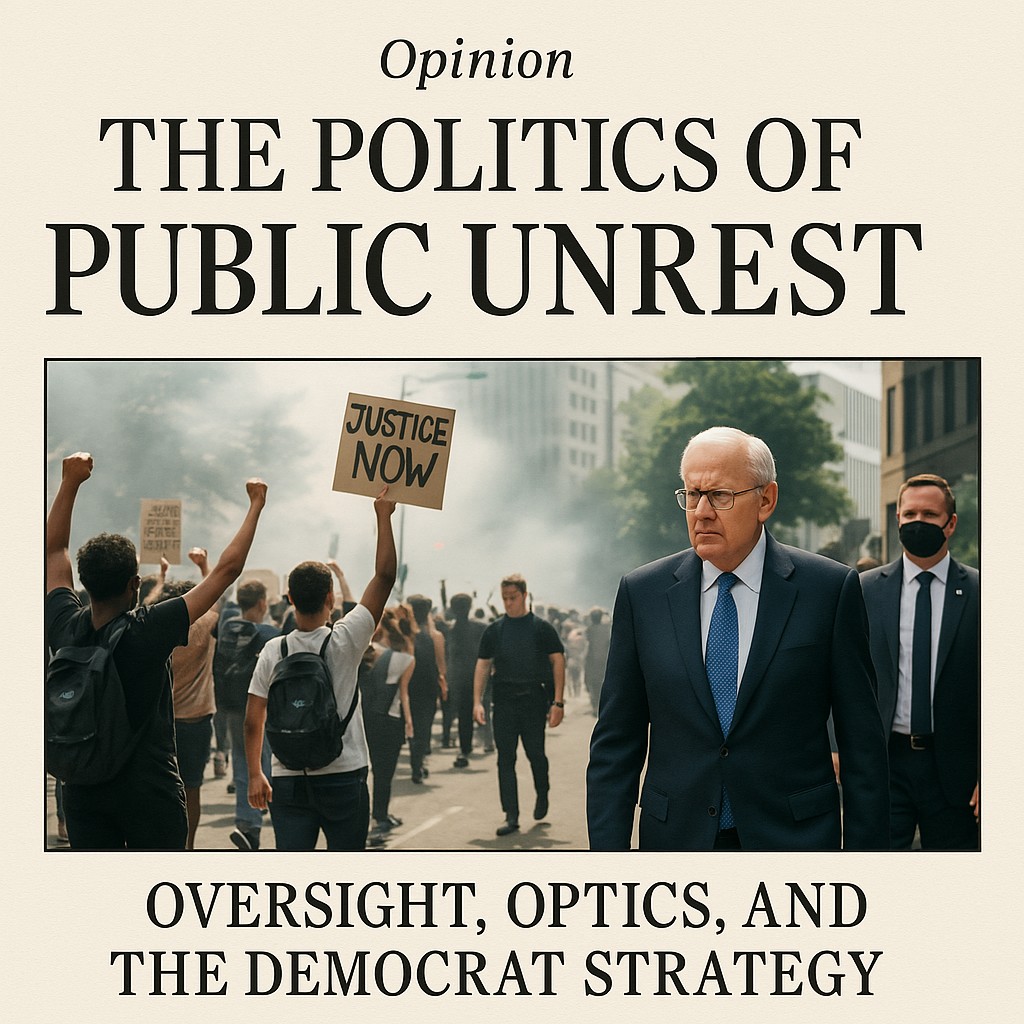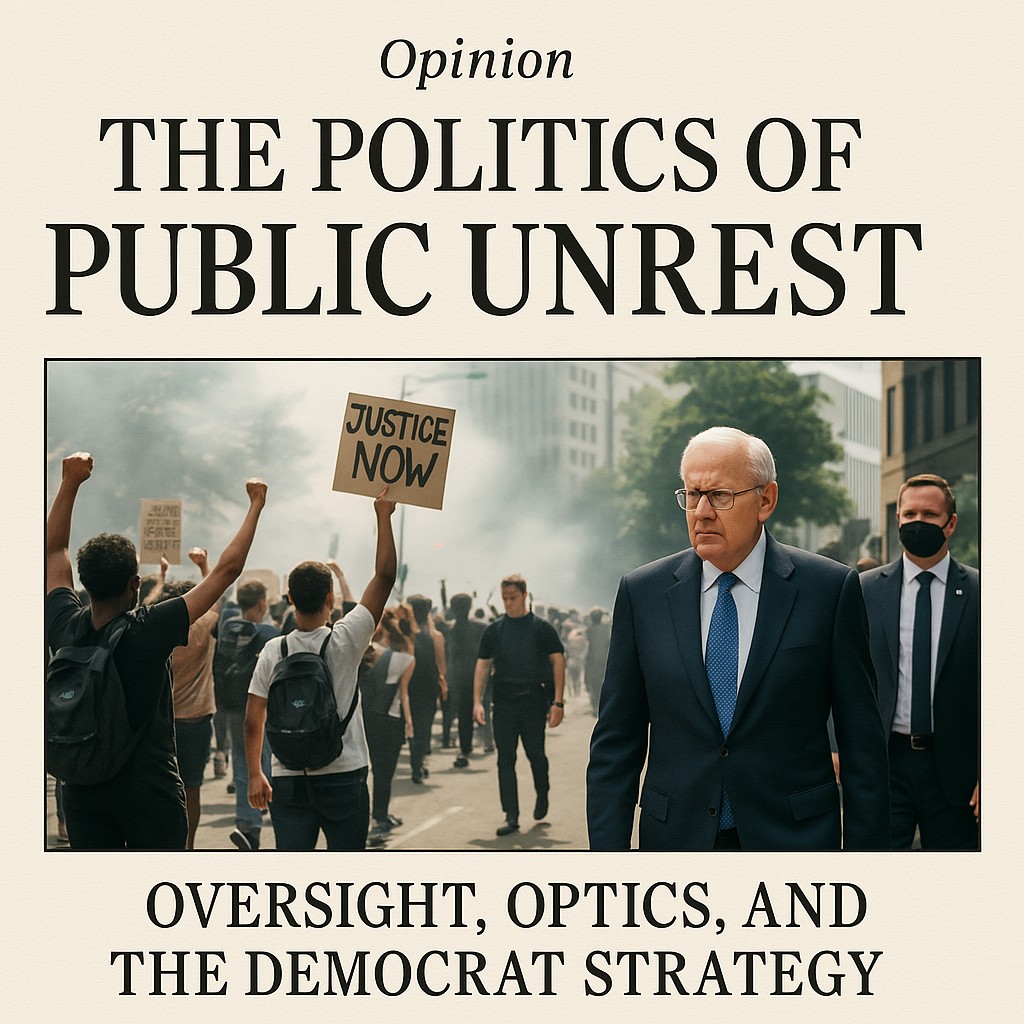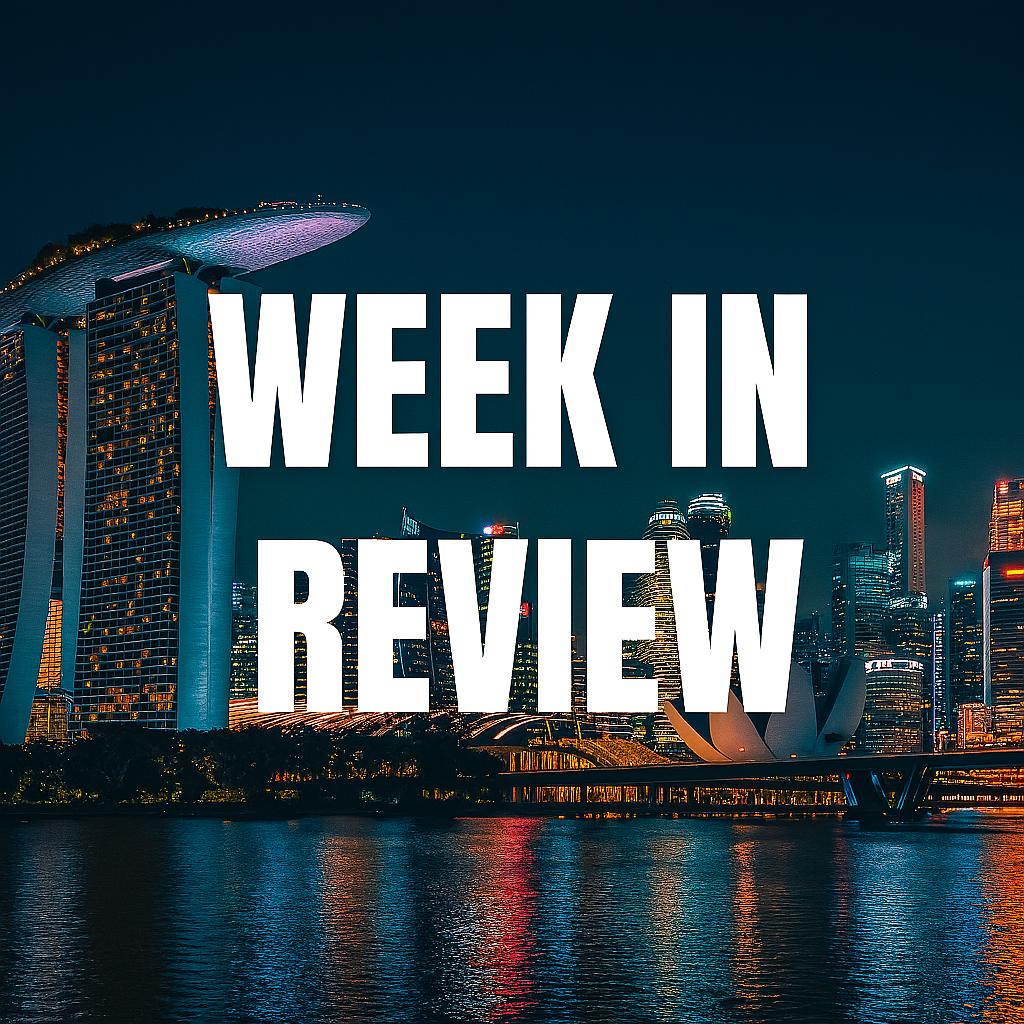
In the modern political landscape, moments of public unrest have become more than just crises—they are opportunities for messaging, activism, and political maneuvering. For Democrats, footage of protests, social upheaval, and clashes with law enforcement serves as a powerful narrative reinforcing their policy positions. But as unrest unfolds, another tool emerges: congressional oversight visits. While these visits are framed as essential for assessing the situation firsthand, their timing and execution raise important questions about whether they serve the public good or merely political optics.
When public turmoil erupts, images and videos flood social media, carefully curated to align with Democratic messaging. Protesters demanding justice, residents struggling amid chaos, and law enforcement clashing with demonstrators—each frame can be used to support broader policy narratives. By showcasing unrest, Democrats position themselves as advocates for reform, presenting themselves as champions of the marginalized. However, this approach invites scrutiny: Is highlighting unrest leading to meaningful change, or is it simply fueling division and emotional manipulation?
Congressional oversight visits during these moments add another layer to the strategy. Ostensibly conducted to assess conditions on the ground, these visits place lawmakers in the heart of volatile situations. The risks are clear—not only for the officials themselves but for all involved, as tensions can escalate in the presence of national political figures. However, the potential political benefits often outweigh the dangers. A well-timed visit reinforces narratives, giving lawmakers firsthand accounts they can use in speeches, interviews, and policy debates.
The ethical dilemma remains: Are these visits about genuine governance, or are they about exploiting instability to advance a political agenda? If oversight efforts do not lead to practical solutions—better policies, tangible reforms, or support for affected communities—then they risk becoming little more than symbolic gestures designed for the camera. Meanwhile, the people living through the unrest—those caught in the crossfire—may feel like props in a broader political performance.
Of course, media-driven strategies are not unique to Democrats. Every political faction engages in selective storytelling, crafting narratives that resonate with its base. But as oversight visits and public unrest continue to intertwine with political messaging, voters must ask: Are we witnessing leadership in action, or carefully staged moments designed to sway opinion?
Leadership should be measured not by dramatic optics but by solutions that bring stability and progress. Spectacle alone cannot govern—real change requires more than a well-timed visit and a viral video.




